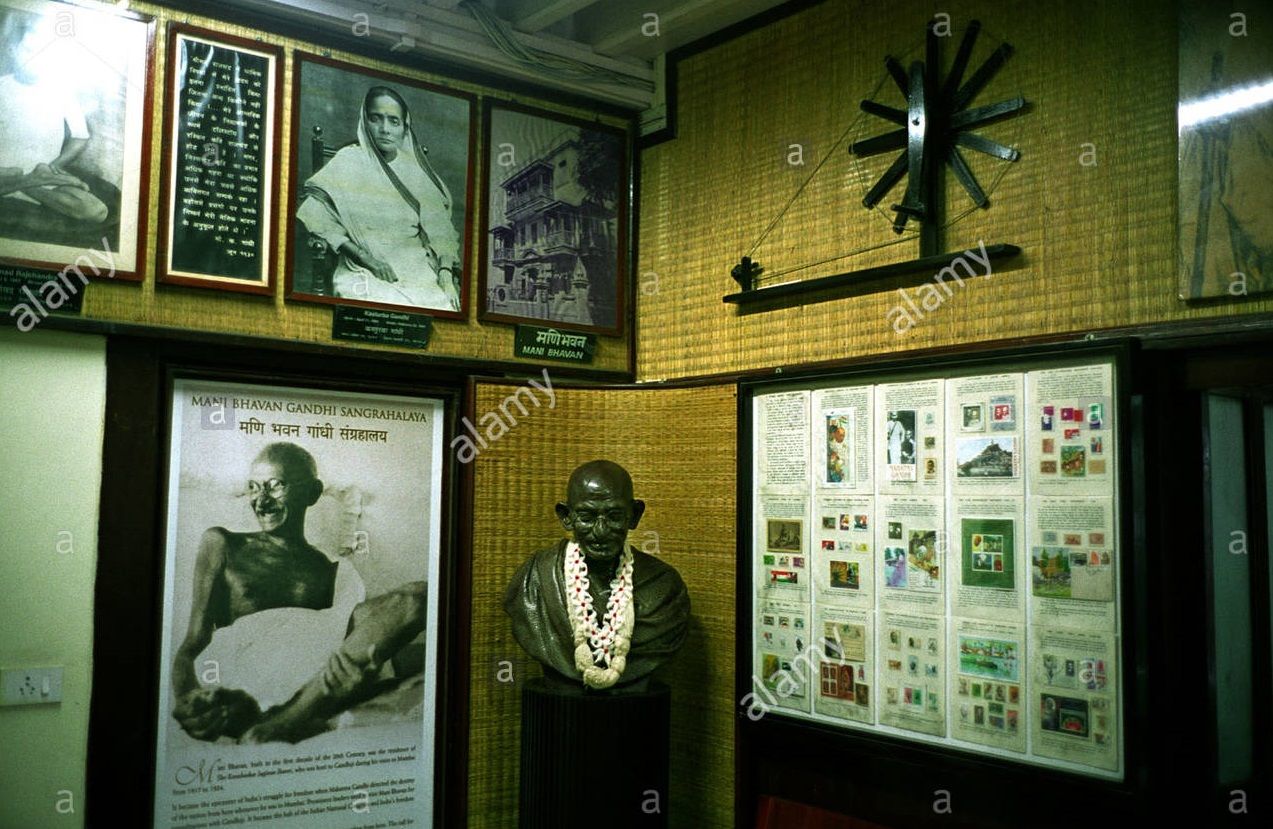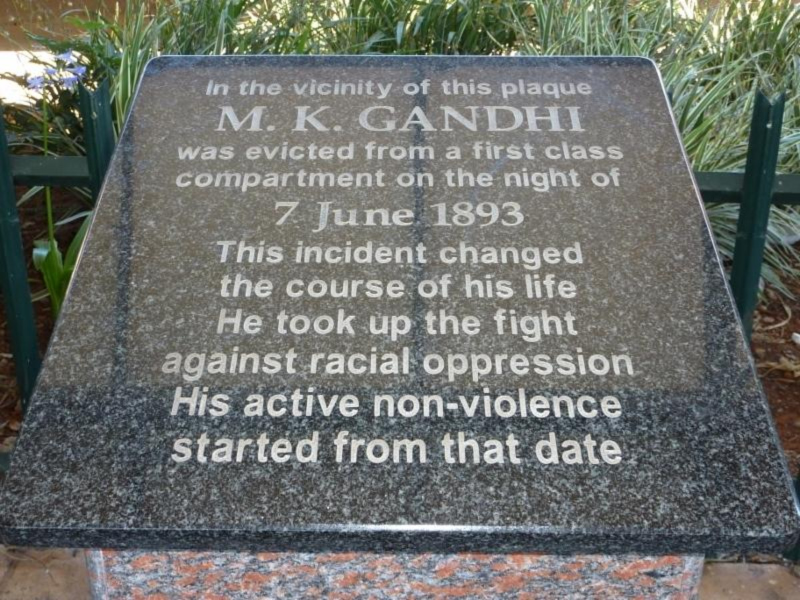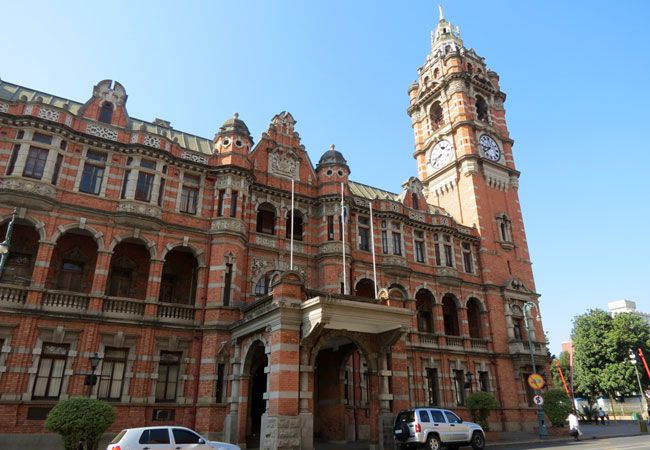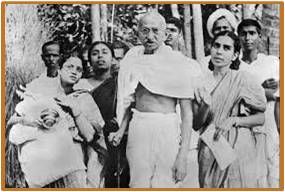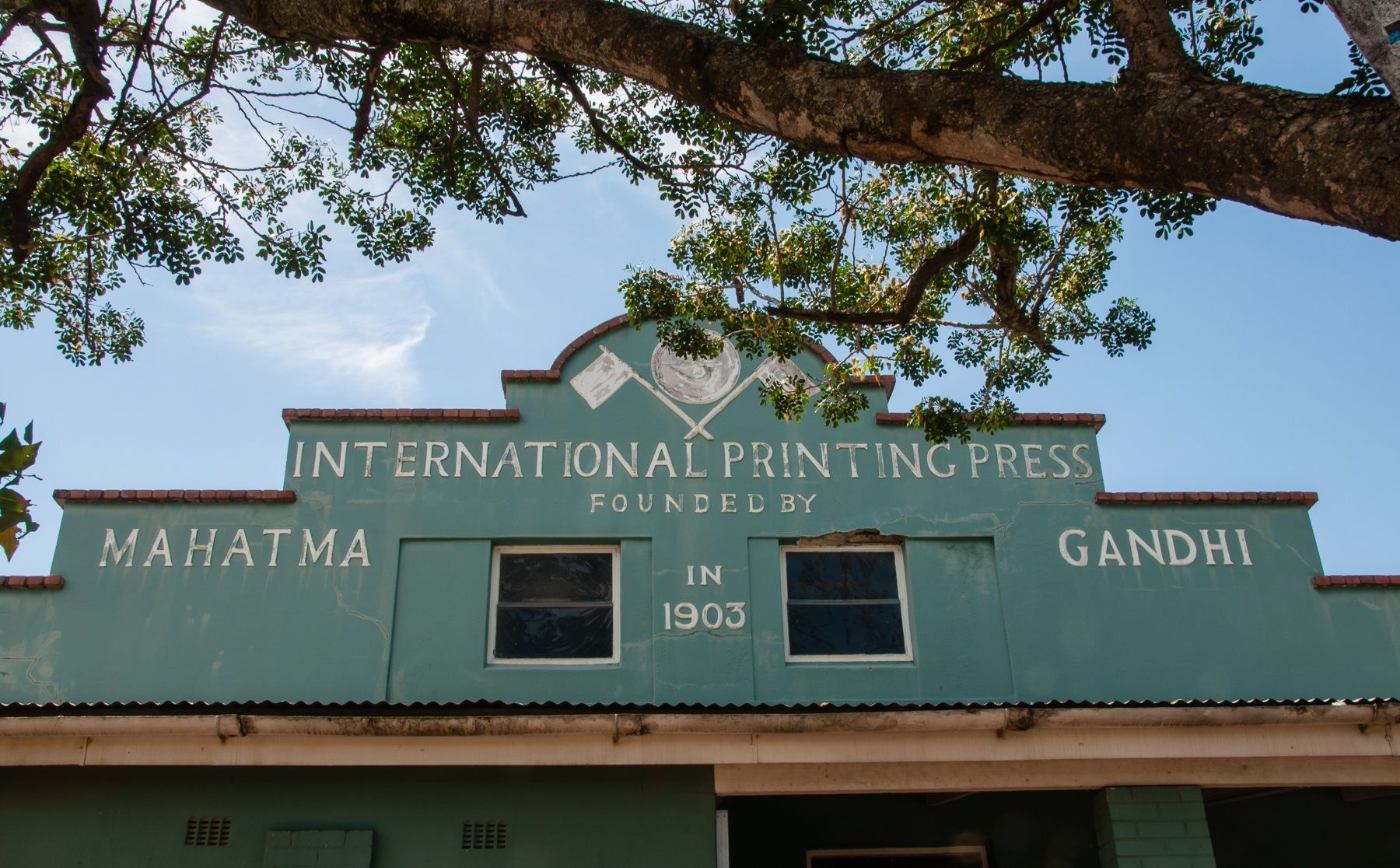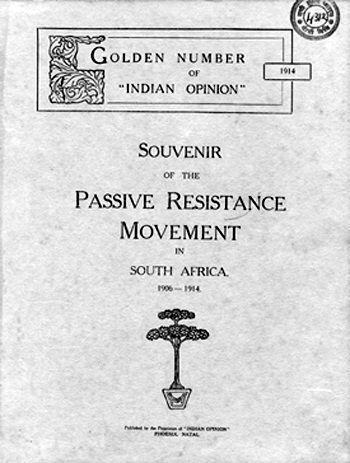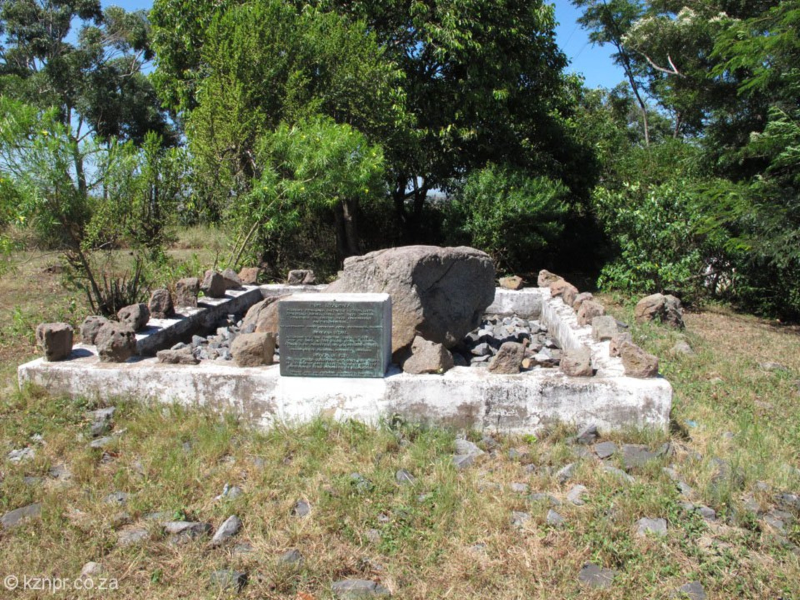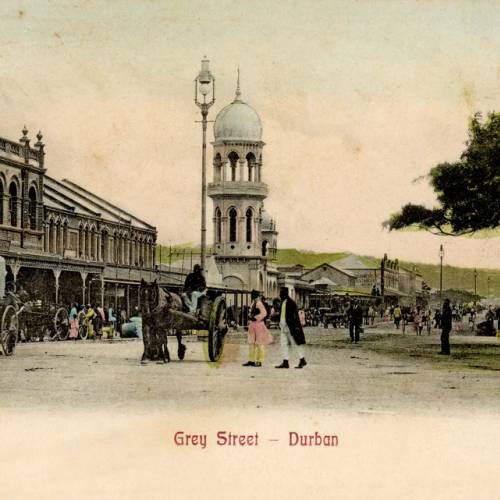
The year 2014 marked a hundred years since Mahatma Gandhi left South Africa for good after spending his formative years in this country, where he developed his philosophy of satyagraha, a form of active yet peaceful resistance to political injustices.
South Africa was the crucible that forged Gandhi’s identity as a political activist and was an important prelude to his return to India, where he played a pivotal role in securing its independence from British rule in August 1947.
Mohandas Karamchand Gandhi (his birth name) arrived in South Africa in 1893 at the relatively tender age of 24 as a newly qualified lawyer on a temporary assignment to act on behalf of a local Indian trader in a commercial dispute. What was meant to be a short stopgap for the struggling young lawyer turned into a 21-year stay, with spells in India and England.
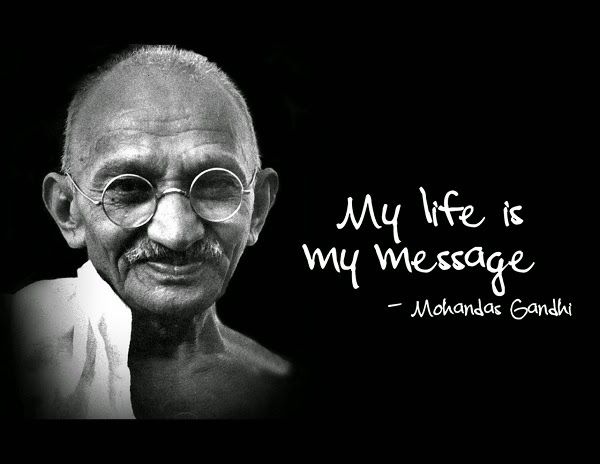
By the time Gandhi left South Africa for the last time in 1914, he had already earned the appellation Mahatma (or Great Soul) for his work in securing significant legal concessions for the local Indian population in South Africa.
During his time here, he developed the strategy known as satyagraha (truth-force), in which campaigners went on peaceful marches and presented themselves for arrest in protest against unjust laws.
This form of action was to become one of the great political tools of the 20th century, influencing the civil rights movement in the United States and the African National Congress in its early years of struggle against apartheid in South Africa.
For those interested in the Gandhi story, his years in South Africa were an important chapter in his path to becoming a leading political figure of the 20th century; there are many touch points and sites of interest on the road the young Gandhi followed in this country.

